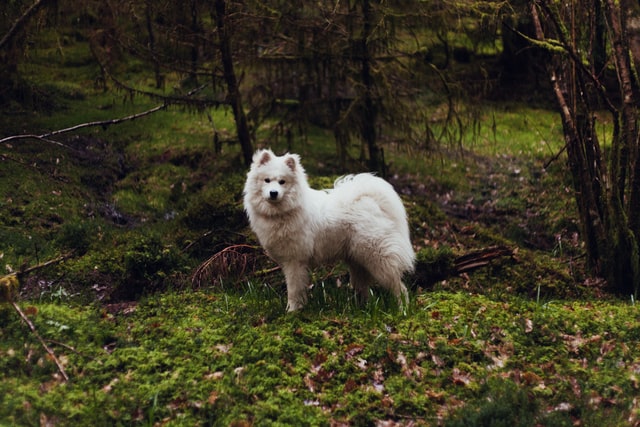Grooming is a significant bit of the riddle to consider when claiming a soft dog. Regardless of whether your dog is short-haired or long-haired, it’s critical to keep up a sound coat by consistently brushing, grooming, and washing to control shedding. Grooming schedules for certain dogs should be possible at home, while others may require the administrations of a certified custodian. Here is a list of the dog breeds that are excessively fluffy.
Old English Sheepdog
While this breed gives off an impression of being large, it’s not all hidden. This breed can develop to be as much as 60 to 100 pounds, bringing about a powerful height. Old English Sheepdog (OES) has a face that is covered by hiding, with an inside and out shaggy coat. It’s an obvious fact that the breed’s coat pulls in numerous proprietors, yet be certain that you’re prepared for the upkeep. This breed profits by nail managing much of the time to keep any tangling from the long coat. Old English Sheepdogs present very well in the show ring as they have a powerful stride and welcoming character.
Siberian Husky
The thick-covered Siberian Husky is a sled dog that was bred to work in packs while pulling sleds over solidified tundra. They are fast-footed and seem to have a devilish grin. They may just require a couple of showers a year, yet like all breeds, weekly brushings will forestall extreme shedding. Siberian Huskies have a feathery twofold coat that is made of an undercoat and a security layer. The undercoat faces two big sheds two times every year, and proprietors should utilize a brush to take out the old hair and take into account the re-development of new hair.
Chow Chow
Known for their unmistakable lion mane, they can have unpleasant and smooth coats. Chow Chow colors incorporate red, black, cinnamon, and cream-colored. A few proprietors notice that Chow Chows don’t need a ton of activity and are very well-mannered. Despite the fact that they don’t need a ton of activity, they do require normal grooming. Chows have a twofold coat and a few proprietors brush their coat, in any event, two times a week. Since their coat rubs near their eyes, their eyes and ears require care with each grooming. If not groomed at any rate once every month, their coats can get tangled and the undercoat can turn out to be brimming with ties.
Samoyed
The Samoyed was initially bred for working close by local people in probably the coldest situations. In the Siberian town of Oymyakon, temperatures can reach – 60 degrees, yet Samoyeds have a coat that can easily withstand these conditions. Intentionally intended to withstand merciless and bone-chilling temperatures, Samoyeds have a long, cushy external coat, with a wooly undercoat. This breed sheds constantly, considerably more so during the shedding season, which can occur a few times for each year.
Keeshond
The Keeshond dives from similar stock as breeds like the Pomeranian and Samoyed. Keeshond has a fox-like face and drops from Holland, with a set of experiences as an image for Dutch nationalism. While this breed requires standard grooming, brushing once a week does marvel at forestalling abundance shedding. It’s significant that Keeshonden are washed and blow-dried somewhere around each four to six weeks. A Keeshond’s stalemate coat is amazingly thick around the neck, taking after that of a lion, and the coat looks like pants on their backside and rear legs.
